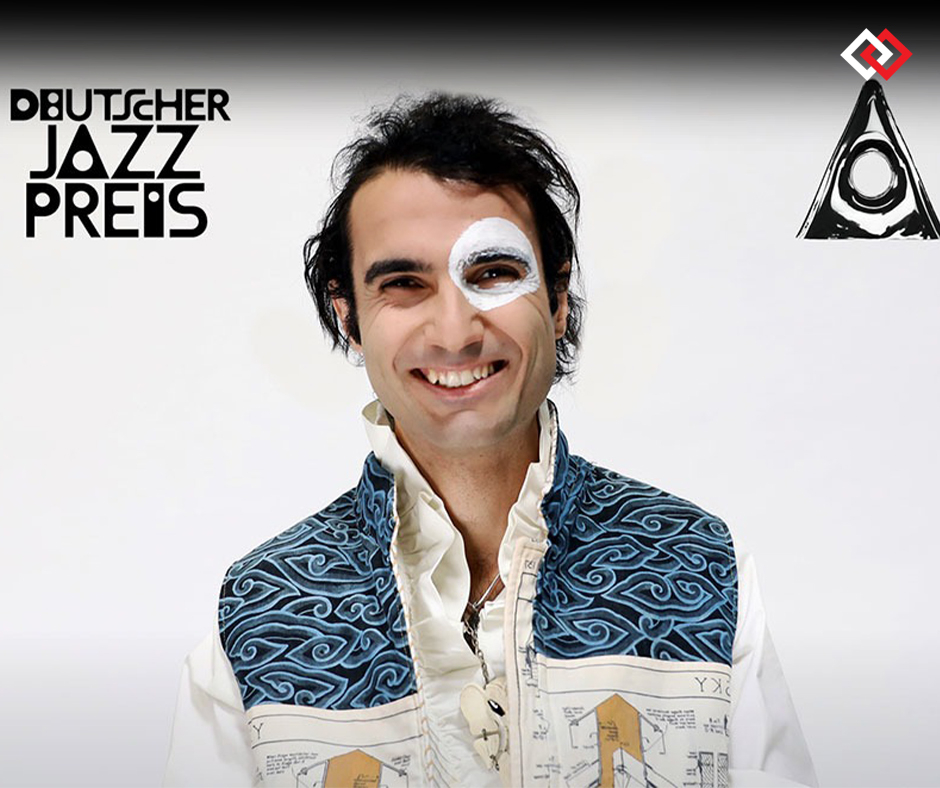TIGRAN HAMASYAN CONCERT AT L'OLYMPIA, JULY 5, 2022
Tigran Hamasyan's concert yesterday at the Olympia was an event. Naturally, every Tigran concert is, but there was something special yesterday that gave the feeling of a complete experience. Tigran returns to Paris, where he first gained recognition, and he returns to the jazz standards, the starting point of his music. But he comes back having completed a whole journey and acquired a fully developed personal language, making this "revisit" both a demonstration of power and a surprising confirmation of renewal.
Any music that aims to go far is rooted. The DNA of all pulsating American music is found in African-American blues. In Europe, Christophe Monniot wanted to lay the foundations for a jazz that draws its source from the Auvergnat musette. Obsessed with the melodic line, Tigran Hamasyan invented a melodic discourse based on Armenian melisma. The way he shapes his line, the brief ornamental motifs that escape from his enchanted fingers, reveal this DNA acquired through long study and immersion in true Armenian music, whether it be sacred music (which had also influenced Keith Jarrett) or traditional peasant songs, particularly those noted by Komitas. But while Armenian melody is monophonic by nature, Tigran places it within a harmonic language of absolute refinement, exploring territories once touched by Brad Mehldau, who was as familiar with Ligeti as with Bill Evans. An incomparable colorist, Tigran managed to paint an incredible fresco in his accompaniment of All The Things You Are, in a duo with the "special guest," the fantastic saxophonist Immanuel Wilkins. The scattering of dusty chords, which show an affinity with French music—Debussy and Ravel, of course, but also the later tradition, especially the explorations of Olivier Messiaen—made this piece a true chamber music work. All of this in a seemingly spontaneous, free gesture, with discoveries in each segment of the famous standard (which became, in the literal sense, a Stand Art, as the concert title suggested).
Continuing the analysis of the elements of his language, the areas where Tigran has particularly innovated and impressed, is of course the rhythmic domain. The lover of Armenian melody, the French harmonic colorist, Tigran is also a great fan of Scandinavian progressive metal, as well as extra-European music with dazzling rhythmic complexity. Yesterday, we heard fragments that, in other venues and without the groove, would be classified in the exact domain of contemporary music. Yes, but as many composers could only dream of.
Very often, in contemporary music, there is a huge gap between intention and realization, particularly in the rhythmic domain. When a composer wants to delve into rhythmic complexities, often they themselves cannot reproduce what they wish to have the performers convey. And the performer—even a very good one (except perhaps a percussionist)—remains within the margins of an approximation deemed acceptable. However, this often creates a certain discomfort upon arrival, for the listener. With Tigran, and his accomplices, bassist Matt Brewer and drummer Justin Brown, the alignment between intention and realization is perfect. Yesterday, they brought the celebration with asymmetric rhythms or non-retrogradable rhythms dear to Messiaen, the superimposition of irrational subdivisions that had occupied the brilliant experimenter.
Conlon Nancarrow, the polyrhythmic complexities from Pygmy music that served as an inspiration for Gyorgy Ligeti... Another rhythmic signature of Tigran—variations of tempo over a constant ostinato, meaning acceleration and deceleration of rhythm over a regular pulse, which gives—if we were to write it—complexities that make the graffiti of Brian Ferneyhough, the pope of the so-called "New Complexity" school, look like end-of-year drawings in elementary school.
Finally, one must speak of the immense dynamic range, which goes from pianississimo to fortississimo, and of Tigran’s great pianism in the way he articulates the phrase, with a gesture of unprecedented breadth—with such small hands!
We too easily speak of genius, sometimes it seems that genius is the rule, not the exception.
There are two types of genius. The one who, isolated in his world, develops his universe independently of what happens around him. This type of genius is harder to imagine today, and it is harder to claim the title in a world of a thousand influences and a thousand colors. The genius of today must offer a coherent, convincing discourse—but one that is born from a very great openness, which allows for the absorption of all valid influences, the maximum of interesting and new contributions in the plural space of music. In this regard, Tigran Hamasyan is one of the very few who truly, and in the full sense, fits this particular definition of contemporary musical genius.


